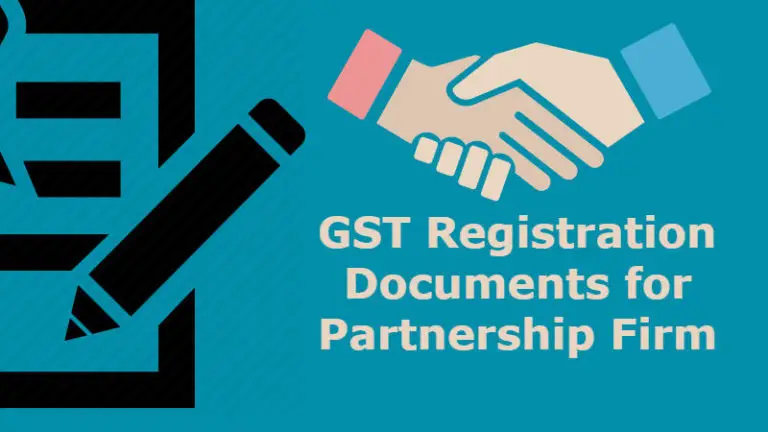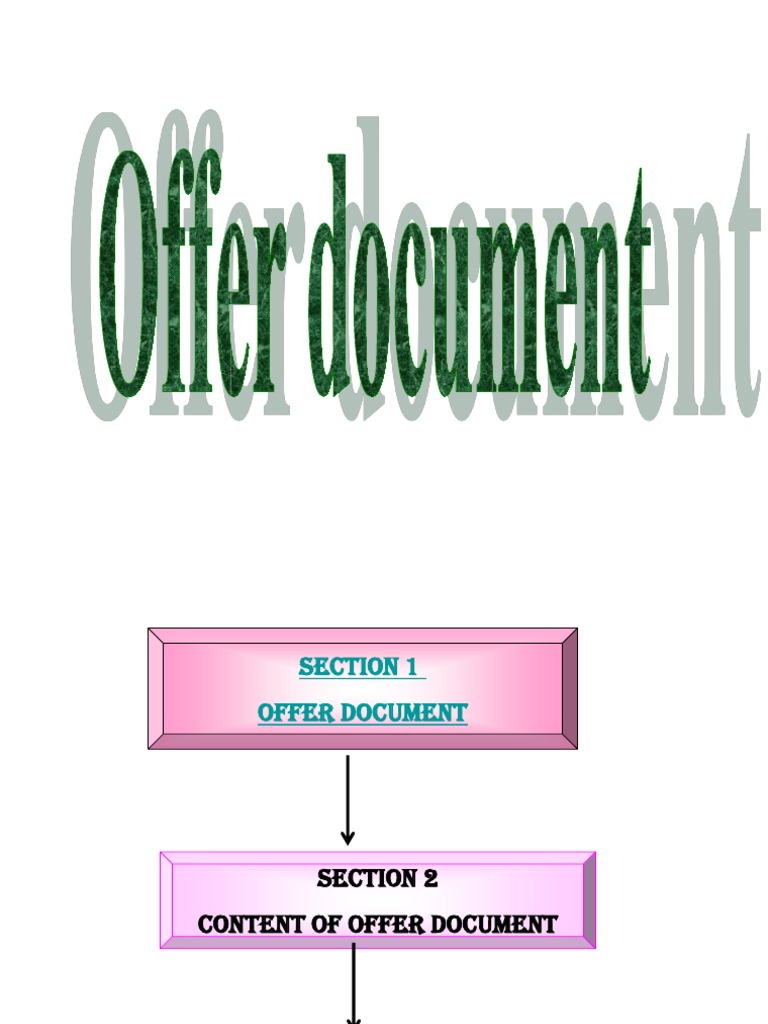5 Essential Documents to Start a Partnership

Starting a partnership can be an exciting and daunting task, filled with potential for growth and innovation, but it also involves navigating a myriad of legal and business formalities. To ensure a smooth and legally sound partnership setup, certain essential documents are indispensable. Here, we delve into the 5 essential documents you'll need to establish a partnership that not only complies with legal standards but also sets a strong foundation for future success.
The Partnership Agreement

First and foremost, the Partnership Agreement is the cornerstone document in setting up a partnership. This document outlines the:
- Name of the Partnership: Choosing a unique name that doesn’t infringe on any trademarks or existing businesses.
- Business Purpose: Defining the scope and nature of the partnership’s business activities.
- Partner Contributions: Financial, assets, or skills each partner will contribute.
- Profit and Loss Distribution: How earnings or losses will be shared among partners.
- Decision-Making Process: How decisions will be made, including the voting rights of each partner.
- Dispute Resolution: Mechanisms to handle disputes between partners.
- Partner Departure: Terms regarding the exit of a partner, either voluntarily or involuntarily.
💡 Note: A well-drafted partnership agreement can save you from potential conflicts and legal issues down the line.
Business Registration Documents

Registering your partnership is crucial for obtaining legal recognition, tax purposes, and to establish a clear identity in the marketplace. You’ll need:
- Business Name Registration: Ensures your chosen business name is legally yours.
- Business Licenses: Depending on the nature of your business, various local, state, or federal licenses might be necessary.
- Employer Identification Number (EIN): Required by the IRS for tax filings and for opening business bank accounts.
- Certificates of Registration: Often needed for businesses operating under a trade name (DBA).
Ownership Documents

Ownership documents are critical for proving the legitimacy of the partnership and the rights of each partner. These include:
- Deed of Ownership: If the partnership involves ownership of property or real estate.
- Share Certificates: Although more common in corporations, some partnerships issue shares or certificates denoting each partner’s ownership interest.
- Capital Contribution Agreements: Documenting the financial or non-financial contributions of each partner.
These documents serve as proof of the partnership’s structure and partners’ investment in the business.
Tax Forms and Documents

Here, we discuss the importance of understanding your tax obligations:
- Federal Tax ID Form (SS-4): To apply for your EIN from the IRS.
- State Tax ID Application: Depending on your state, you might need this for state tax purposes.
- Form 1065: U.S. Return of Partnership Income: The form used by partnerships to report income, deductions, and tax credits.
Tax-related documents ensure compliance with federal and state regulations, which can significantly affect the partnership’s operations and profitability.
Bank Account Documentation

Opening a business bank account is vital for separating personal finances from business activities. Here are the documents typically required:
- Partnership Agreement: To show the legal structure of your partnership.
- EIN Documentation: As proof of business identity.
- Identification for Each Partner: To establish personal identity.
- Registration Documents: Showing your business registration status.
💰 Note: A dedicated business account helps in maintaining accurate financial records and simplifies tax reporting.
In the journey of establishing a partnership, these documents are more than mere paperwork; they form the legal backbone of your business. They ensure that all partners understand their rights, responsibilities, and the agreed-upon business practices. Beyond legal compliance, these documents also play a crucial role in:
- Preventing Misunderstandings: Clear agreements can reduce conflicts by setting expectations upfront.
- Establishing a Business Structure: Formal documents outline the partnership’s legal and operational structure.
- Facilitating Financial and Operational Management: By setting clear guidelines for contributions, profits, and losses.
Can a partnership exist without a partnership agreement?

+
Technically, a partnership can be formed without a formal agreement through the actions of the partners. However, this is highly inadvisable as it leads to legal and operational uncertainties. A partnership agreement ensures clarity on how profits are distributed, responsibilities are shared, and disputes are resolved.
What if one partner wants to leave the partnership?

+
The partnership agreement should outline procedures for a partner’s exit, either through retirement, withdrawal, or death. This can include buy-sell agreements, how partnership interests are valued, and how ownership is transferred. Without such provisions, disagreements and legal disputes can arise.
How do partnerships handle taxes?

+
Partnerships generally pass through income, losses, deductions, and credits to the partners, who then report it on their personal tax returns. The partnership itself does not pay income tax. A key document is Form 1065, which the partnership files to report its income, deductions, gains, losses, etc., but no tax is paid at this level.